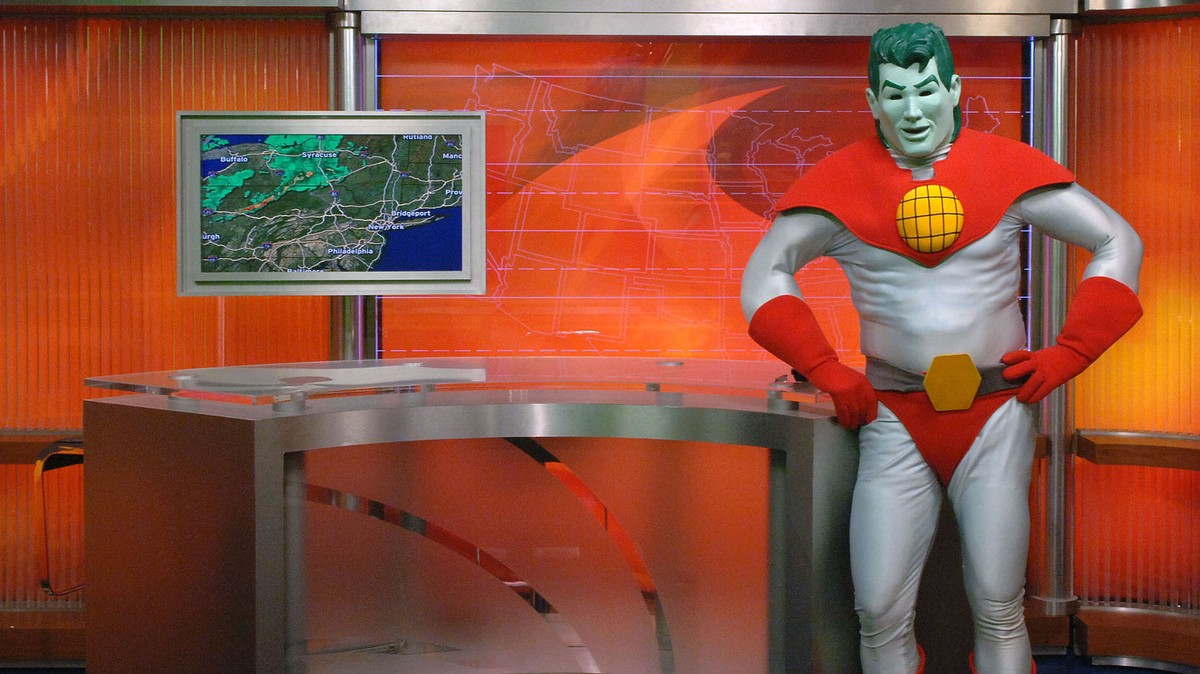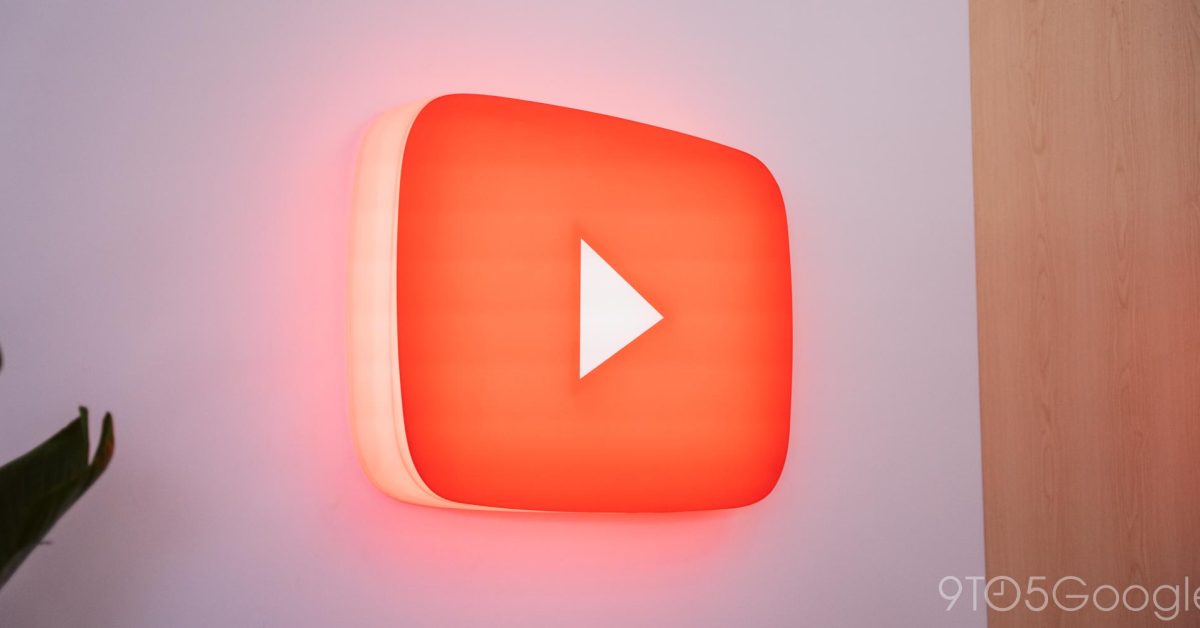Last year, thousands of people on social media shared a YouTube video featuring a song composed for the Weather Channel's hurricane “storm alert” in 2006. It wasn’t the first time: originally uploaded in November 2019, the piece has resurfaced on Reddit and social media multiple times in the nearly 20 years since it was written, even while its author remained shrouded in mystery.
Take a listen, and it’s easy to understand why. With powerful chords, driving percussion, and a pulse-pounding piano ostinato lead, the piece feels like a boss battle theme one might hear while playing an epic fantasy RPG. Many users wrote comments comparing it to the work of popular video game composers, with some joking that it may have been ghost-written by Yoko Shimomura—best known for her work on the music of the Kingdom Hearts and Final Fantasy series of games. And then came the memes. People set the “Storm Alert” song to footage of boss fights from Kingdom Hearts, and even created some impressive remixes.
Full disclosure, I’m not a neutral observer: The song went viral almost immediately after I posted it in a tweet. “Making it my personal mission in life to find out who composed a JRPG boss battle theme for the Weather Channel’s storm alert in 2006,” I wrote in August of 2022, intent on finding the author through the magic of the internet.
The tweet exploded, accruing nearly 18,000 retweets and more than 62,000 likes in the year plus since I posted it on the website formerly known as Twitter. While nobody seemed to know the song’s composer, one thing was certain: whoever was making music for the Weather Channel in 2006 had no business going this hard.
Despite all the interest my tweet had generated, the author remained unknown in the months that followed. I knew it was time to do my own investigation. I thought, if all went well, I might be able to put a name to the viral song. What I didn't expect was to have a long discussion about the struggles of a working commercial musician—and where everything is heading as AI technology threatens to subsume more human labor.
I started with the obvious first step of asking the Weather Channel about the song, but they seemed just as puzzled as I was. After a few weeks of internal research, a representative told me the company had no record of the song being commissioned or played on the air.
“After sampling our music in the archive, we didn't find any ‘Storm Alert’ music, or any other music, to match the theme in the YouTube video,” a Weather Channel representative told Motherboard in an email at the time. Even more curious was the length of the song. The network’s produced tracks are typically only 30 or 60 seconds long, while the epic tune in the YouTube video clocks in at two minutes.
“So all that to say, we have no way to verify if this was used on-air, but it seems unlikely,” the representative added.
This was not the response I was expecting. If the Weather Channel had really never aired it, how did it get onto the internet? Did someone simply create a fan-made “Storm Alert” song and put it on the internet as an elaborate joke? I reached out to the user who had uploaded the song on YouTube, but received no response.
Official channels clearly weren’t working, so I expanded my search to experts on Weather Channel lore. This took me to TWC Classics, which describes itself as “the oldest and largest website devoted to The Weather Channel,” founded in 1997. The site is a comprehensive archive of Weather Channel videos and media, including “Local On The 8’s,” the segment for which our mystery song was allegedly produced.
The site’s creator, Matt Maron, didn’t know who composed the song either. But he did know where to look: Stephen Arnold Music, the company responsible for the Weather Channel’s “sonic branding,” which you can hear in the song’s opening 4-note jingle.
“It's another version of what I call their "Alert Mode" song, because they'd always play it during the local forecast when they were in ‘Alert Mode,’” Maron told Motherboard via email. “I can't imagine someone else taking that ‘sonic branding’ and creating their own song. At the very least, they need permission from Stephen Arnold Music.”
When I contacted Stephen Arnold Music, a representative confirmed the company had indeed created the Weather Channel’s “sonic branding,” but they weren’t sure who had adapted itr for the song in the YouTube video. The company is one of several that had contracted with the Weather Channel over the years. Often these companies are commissioned to create “packages” of music that cover a range of different use cases, everything from soothing ambience and free-flowing jazz to intense and dramatic themes designed to grab the viewer’s attention.
The nature of these custom music libraries and the companies that create them makes it difficult—sometimes impossible—to find out who originally composed an individual piece. The songs often have multiple composers, and go through multiple rounds of revisions after receiving feedback from the client. And the composers themselves, tasked with producing dozens or sometimes hundreds of pieces at a time, might not remember any individual song they might have written.
Defeated, I gave up on my search for many months, unsure of what to believe. Even if the song had really aired on the Weather Channel, there was no guarantee it could be accurately attributed, or whether the creator would even remember enough to take credit for it.
Then, almost a full year later, I started seeing activity pick up again on my tweet. I dove into the replies to see what was behind the renewed interest, and found another YouTube video—this time showing the song actually playing on air. Someone had scoured TWC Classics’ massive archives and found a recording of the track being played on the Weather Channel during a storm alert for Gulfport, Mississippi, in 2008.
A short time after, another burst of activity: Someone had replied to my tweet, claiming to be the composer.
“This is WILD. I wrote this almost 20 years ago and it's gone quasi-viral in the last couple of years,” wrote Chris Kennedy, a freelance composer based in Baltimore, MD. According to his website, Kennedy had worked as a staff composer for Clean Cuts Music, a firm that specializes in producing custom music libraries for film, TV, and video games. He later took a position as an assistant professor teaching music at Johns Hopkins University’s Peabody Institute while continuing to work freelance for Clean Cuts, which has since rebranded its custom music division as Noise Distillery.
It was this summer, while driving back from vacation, that Kennedy noticed his 2006 Storm Alert song had gone viral. The YouTube Music app’s algorithm had recommended the video featuring his track, and then started showing him the remixes done by fans.
“I thought, something’s wrong here. Why is someone doing a remix of my song from 20 years ago?” Kennedy told Motherboard. “I was bewildered. I was like, this can’t be a thing.”
It was indeed a thing. Kennedy browsed through several remixes, including one by Kristin Naigus, a prolific composer who has made dozens of albums remixing and arranging music from popular video games. Each one offered something unique to the piece he had written nearly two decades prior, and almost forgotten about, he said.
“It was heartwarming,” said Kennedy. “This doesn’t happen alot in the work I’ve done. We usually work in obscurity and anonymity.”
Rich Isaac, a creative director at Noise Distillery who has worked with Kennedy for years, was equally surprised to learn the song had become a meme. “We produce such an amazing amount of music for our clients annually, and it’s easy to forget people actually hear it,” Isaac, who has worked with Kennedy for years, told Motherboard.
At the time, the Weather Channel was doing a complete rebrand, and Clean Cuts had been tapped to provide packages of custom music for various situations and moods, Isaac explained. This involves creating a whole lot of music, some of which might never be used. The pieces also typically go through a revision process based on feedback from the client.
“A lot of what has made it to air might not be the thing that was initially written by the composer,” said Isaac. “The client ultimately has the last word on things, and there’s a revision process. It’s a really iterative process and you have to keep moving.”
Chris Kennedy’s Storm Alert tune isn’t the first bit of musical ephemera to suddenly resurface on social media after decades. The British alt-rock band Bôa recently came out of a 20 year-long retirement after their 1998 song “Duvet”—best known as the theme song for the anime series Serial Experiments Lain—became a viral meme on TikTok.
For Kennedy, the resurgence of interest in the Storm Alert song is even more surreal, given the fast-paced corporate process that led to its creation.
“It can be fleeting, in that our creative process happens so quickly,” he said. “We don’t rely on inspiration, we can’t afford to wait for the muse. So we have to tap into the music. We almost treat creativity as a faucet you turn on and off.”
Like many Americans, Kennedy’s career as a media composer began with a need for health insurance. With medical expenses piling up, Kennedy, a Type 1 Diabetic, reached out to a friend whose father worked at Clean Cuts Music. He had studied jazz guitar in college after learning to play in middle school and high school, but the idea of composing music appealed to him. After finishing an internship at Clean Cuts, he was hired on and continued working at the firm for the next 16-17 years.
Kennedy quickly came to appreciate the work, and pushes back against the notion that the fruits of his labor have less creative value because they were made for commercial purposes.
“When some people think about this process, they tend to think we don’t care,” said Kennedy. “I don’t remember it, but I do remember that when I was writing that Weather Channel piece, I was bopping my head up and down. I was dancing around the studio. You really bring yourself into it, but then you let it go.”
As Kennedy and I talk on the phone, there is an elephant in the room: AI.
Artists, musicians, writers, and other creators have loudly pushed back against the recent trend of generative AI tools like ChatGPT and DALL-E, and for good reason. Many companies have already declared their intent to use these tools to write news articles, generate stock photos, and even write music without needing to hire a human being.
This has especially rattled artists, whose works are scraped off the internet and used as training data to feed the machine learning systems, allowing the creation of new works in their style without any compensation.
“I think a lot of us are still digesting the idea of AI,” said Kennedy. “It’s disheartening to see news coverage early on from the hyper-capitalist culture we live in, [saying] that it’s a great thing because it lets us make things cheaper and not pay employees. We’re in this society that just values the bottom line over everything.”
Currently, the few music-generating AI tools out there sound—to put it simply—god awful. But as the tech progresses and the use of AI becomes more normalized, composers like Kennedy worry that their jobs would be some of the first to go—and with it, the passion and individuality that artists imbue into their work.
“As good as it gets, I think we’re still gonna be able to tell when something’s written by AI. People don’t want that,” Kennedy added. “The reason we watch and listen to things is about learning about how we fit in the world. On the artistic level, it removes the purpose of watching things.”
Even still, he sees promise in AI tools that assist human composers with some of the more laborious parts of the process, as long as we’re conscious about whose toes we’re stepping on by using them.
“AI can be really useful in our support of the process,” he said. “It’s about creating tools that empower us to create.”










